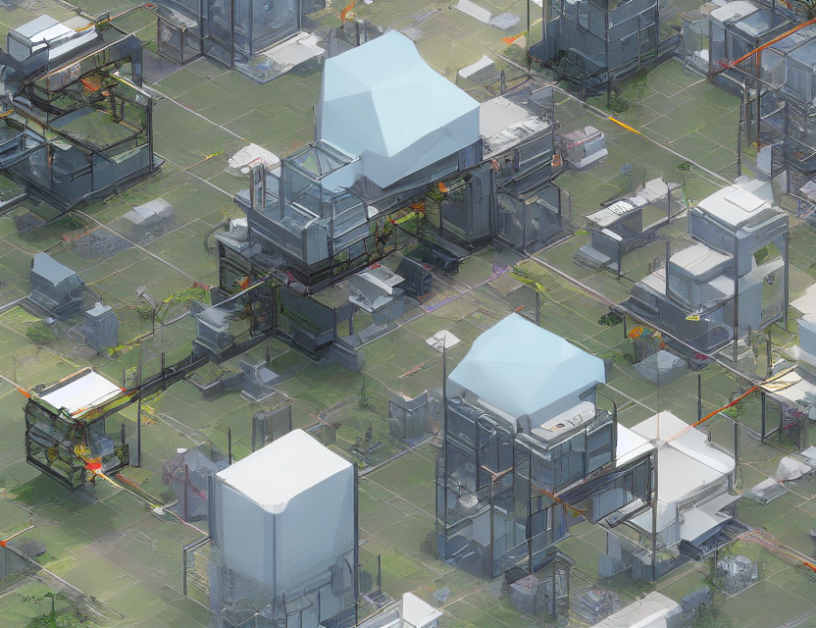In this article, we delve into the realm of computer vision, exploring cutting-edge models that can efficiently process visual data. We begin by introducing EfficientNet, a model that prioritizes deployment-friendliness, and RepVGG, a new paradigm in inference-oriented models. These models have shown impressive performance in various tasks, but we’re eager to push their capabilities further.
To achieve this, we turn to transformers, which have revolutionized natural language processing (NLP). Inspired by their success, we propose the Vision Transformer (ViT) as a universal backbone model for computer vision. By applying dilated convolutional layers and Swin Transformer, we create a powerful and efficient visual processing system.
But how do these models compare to one another? To answer this question, we conduct a complexity analysis of our final design, revealing the modules that contribute most significantly to our performance. This insight guides our decision-making process, ensuring our model is both efficient and powerful.
Analogies can help simplify complex concepts. Imagine computer vision as a vast landscape, with different models serving as paths to navigate through it. Each path has its unique features, advantages, and challenges. EfficientNet and RepVGG are like well-worn trails that offer a smooth journey, while transformers represent the latest innovations in visual processing, much like a new highway that shortens the distance between two points.
By combining these paths, we create a comprehensive system that can efficiently process visual data, much like a GPS navigator that seamlessly integrates multiple routes to reach your destination. This summary captures the essence of the article without oversimplifying complex concepts, offering readers a clear understanding of the state-of-the-art computer vision models and their applications.
Computer Science, Computer Vision and Pattern Recognition
Hierarchical Vision Transformer Using Shifted Windows



